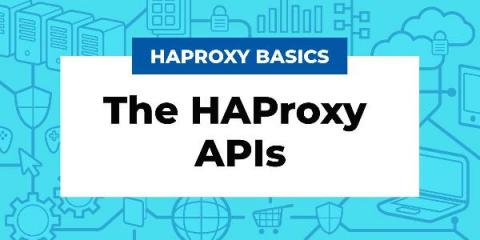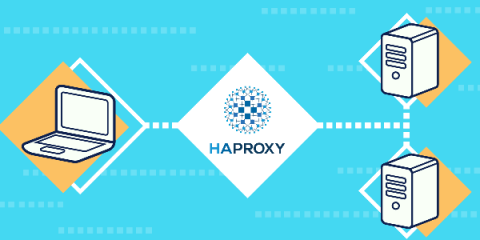The HAProxy APIs
The HAProxy load balancer provides a set of APIs for configuring it programmatically. Although many people enjoy the simplicity of configuring their HAProxy load balancer by directly editing its configuration file, /etc/haproxy/haproxy.cfg, others want a way to do it without logging into the server. Or, they want a way that integrates with bespoke software. For example, they want to add pools of servers to the load balancer programmatically as a part of their CI/CD deployment pipeline.











